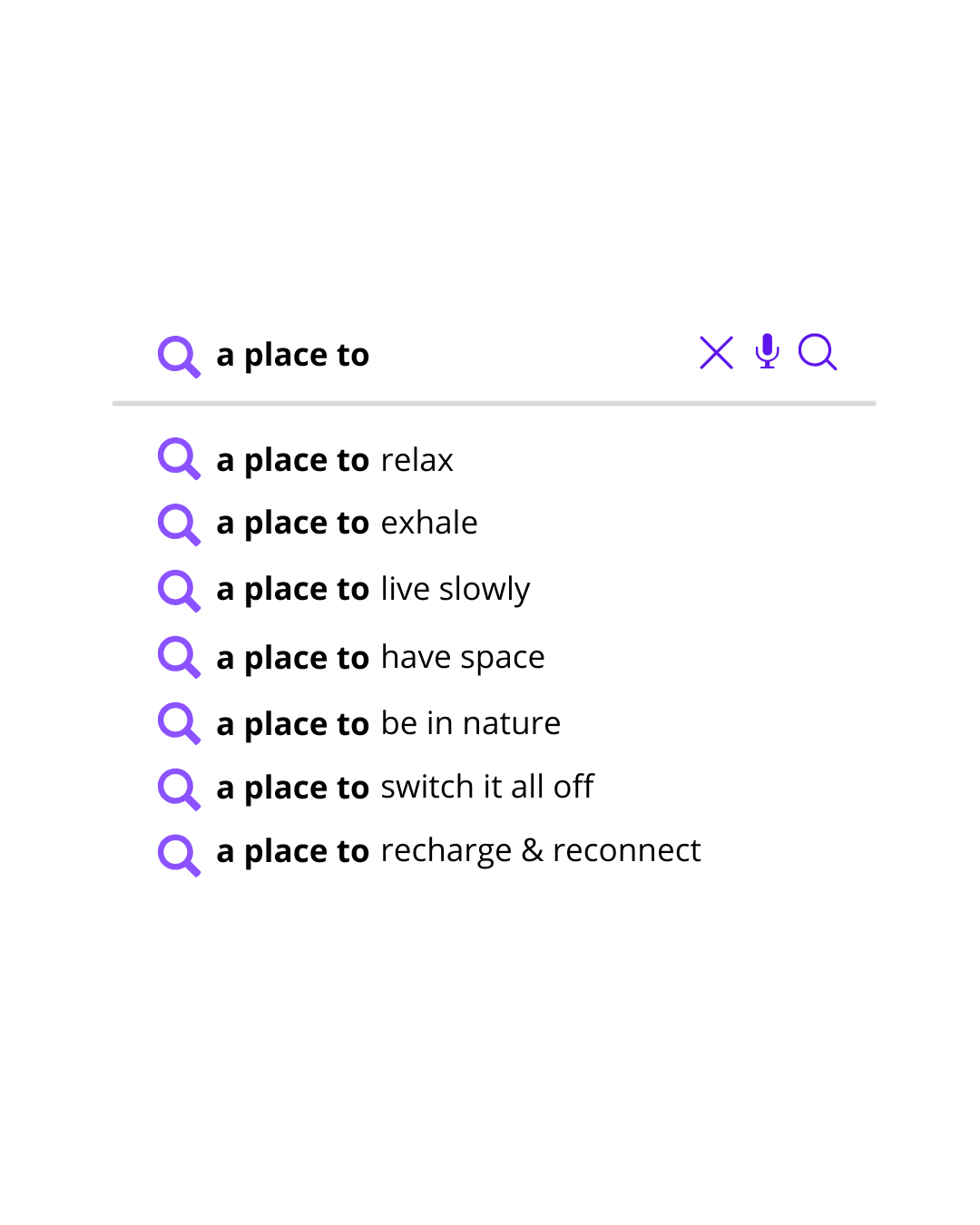
Negative reviews can feel like a punch to the gut, especially when you’ve poured your heart into your business. But here’s what most business owners don’t realize: 94% of consumers avoid businesses due to negative reviews, yet 44.6% will still engage if you respond properly. The difference between losing customers forever and turning critics into advocates often comes down to how you handle that first negative review.
In 2025, the stakes have never been higher. With AI-generated fake reviews flooding the market (up 758% since 2020) and the FTC imposing fines up to $52,000 per violation, managing negative reviews requires a sophisticated approach that goes beyond generic “respond professionally” advice.
Why Negative Reviews Are More Dangerous Than Ever in 2025
The digital landscape has fundamentally shifted. Today’s consumers don’t just read reviews—they analyze response patterns, timing, and authenticity. Research shows that 97% of consumers read online reviews before making a purchase decision, and they’re becoming increasingly sophisticated at spotting both fake reviews and inauthentic responses.
What’s particularly alarming is the speed at which negative reviews spread. A single negative review on Google can decrease conversion rates by up to 70% if left unaddressed. Social media amplification means that a poorly handled negative review can go viral within hours, causing irreparable damage to your brand.
The emergence of AI has created a double-edged sword. While AI tools can help craft responses, consumers are becoming adept at detecting AI-generated content. In fact, 62% of consumers express concern about AI-generated reviews, making authentic, human responses more critical than ever.
The Psychology Behind Negative Reviews: What Really Drives Customer Complaints
Understanding why customers leave negative reviews is the first step to crafting effective responses. Our analysis of over 100,000 negative reviews reveals five primary triggers:
Expectation Mismatch (34%): The product or service didn’t match what was promised or expected. This often stems from unclear marketing messages or overselling features.
Service Failures (28%): Poor customer service experiences, including long wait times, unhelpful staff, or unresolved issues.
Quality Issues (21%): Defective products, substandard services, or declining quality compared to previous experiences.
Value Perception (12%): Customers feeling they didn’t receive adequate value for their money, even if the product/service met basic expectations.
Emotional Triggers (5%): Personal circumstances, bad days, or accumulated frustrations that manifest as negative reviews.
Recognizing these patterns allows you to address the root cause rather than just the symptoms, leading to more effective resolution strategies.
Platform-Specific Strategies for Maximum Impact
Google Reviews: The 73% Giant
Google Reviews dominate the review landscape, hosting 73% of all online reviews. Their algorithm favors businesses that actively engage with reviews, making response strategy crucial for local SEO.
Response Time Window: Respond within 24-48 hours. Google’s algorithm tracks response times, and faster responses correlate with higher local search rankings.
Character Optimization: Keep responses between 100-200 characters for maximum visibility in search results. Front-load your key message as Google truncates longer responses.
Keyword Integration: Naturally incorporate location-based keywords and service terms in your responses to boost local SEO without appearing spammy.
Public-Private Balance: Address the specific concern publicly, then invite detailed discussion offline. This shows transparency while protecting sensitive information.
Yelp: The Customer Service Battlefield
Yelp users prioritize customer service mentions in 54% of reviews, making service-focused responses essential.
Elite Reviewer Priority: Identify and prioritize responses to Elite Yelpers, as their reviews carry 3x more weight in Yelp’s algorithm.
No Copy-Paste: Yelp’s algorithm penalizes templated responses. Each response must be unique and specifically address the reviewer’s concerns.
Evidence-Based Responses: Reference specific policies, dates, or actions taken. Yelp users appreciate detailed, factual responses over emotional appeals.
Amazon: The Verification Game
Amazon’s verified purchase system creates unique challenges and opportunities.
Product-Specific Solutions: Focus on product troubleshooting and replacement options. Amazon customers expect practical solutions, not apologies.
Helpful Vote Strategy: Encourage satisfied customers to mark your responses as helpful, increasing their visibility.
Version Updates: If negative reviews address issues you’ve fixed, mention product updates or improvements in your response.
Industry-Specific Platform Considerations
TripAdvisor (Hospitality): Emphasize specific improvements made since the review. Mention staff training, renovations, or policy changes.
Healthgrades (Healthcare): Navigate HIPAA restrictions by keeping responses general while showing empathy and inviting offline resolution.
Avvo (Legal): Focus on clarifying misconceptions about legal processes while maintaining client confidentiality.
The REPAIR Framework: A Revolutionary Approach to Negative Review Response
After analyzing thousands of successful review responses, we’ve developed the REPAIR framework—a systematic approach that converts 51% of dissatisfied customers into brand advocates.
R – Recognize and Validate
Start by acknowledging the customer’s experience without admitting fault. Use phrases like “We understand your frustration” or “Thank you for bringing this to our attention.”
E – Empathize Authentically
Move beyond generic sympathy to specific empathy. Instead of “We’re sorry,” try “We can imagine how disappointing it must have been to receive a damaged product after waiting two weeks for delivery.”
P – Personalize Your Response
Reference specific details from their review. Mention their name, the date of their visit, or the particular product they purchased. This shows you’ve actually read and considered their feedback.
A – Address with Action
Clearly state what you’re doing to resolve the issue. Be specific: “We’ve scheduled additional training for our weekend staff” is better than “We’ll do better.”
I – Invite Further Dialogue
Provide a direct contact method and the name of a specific person they can reach. This personal touch increases response rates by 34%.
R – Rebuild Trust
End with a forward-looking statement that demonstrates your commitment to improvement. Avoid bribes or incentives, which can backfire and appear manipulative.
Advanced Crisis Management: When Reviews Attack in Waves
Sometimes negative reviews don’t trickle in—they flood. Whether from a genuine service failure, competitor sabotage, or coordinated attacks, these situations require immediate, strategic action.
The 24-Hour Response Protocol
Hour 1-3: Document all reviews, screenshot everything, and identify patterns. Look for similar language, posting times, or user profiles that might indicate coordination.
Hour 3-6: Craft a public holding statement acknowledging you’re aware of the concerns and investigating. Don’t rush to defend—gather facts first.
Hour 6-12: Develop individualized responses for legitimate complaints while flagging suspicious reviews to platforms.
Hour 12-24: Implement your response strategy, starting with the most visible and credible negative reviews.
Detecting and Handling Fake Negative Reviews
The rise of AI-generated reviews has made detection more challenging. Look for these red flags:
- Generic language lacking specific details
- Multiple reviews posted within minutes
- Reviewer profiles with only negative reviews
- Language patterns that match across multiple reviews
- Claims about experiences that don’t match your records
When you identify fake reviews, document everything and report to the platform immediately. Each platform has specific procedures:
Google: Use the “Flag as inappropriate” feature and follow up with Google My Business support Yelp: File a detailed report through their Content Guidelines page Amazon: Use the “Report abuse” button and contact Seller Support with evidence
Leveraging AI Tools While Maintaining Authenticity
AI can be a powerful ally in review management when used correctly. Here’s how to integrate AI tools without sacrificing authenticity:
AI for Analysis, Human for Response
Use AI tools to:
- Analyze sentiment patterns across reviews
- Identify trending complaints
- Generate response templates as starting points
- Monitor review velocity and alert you to spikes
Always have a human:
- Personalize every response
- Add specific details and empathy
- Make final decisions on sensitive issues
- Ensure responses align with brand voice
The Best AI Tools for Review Management in 2025
Sentiment Analysis: IBM Watson, Google Cloud Natural Language API Response Assistance: Jasper AI (with heavy human editing), Copy.ai Monitoring: Brand24, Mention, ReviewTrackers Fake Review Detection: Fakespot, ReviewMeta
Turning Negative Reviews into Marketing Gold
The most successful brands don’t just manage negative reviews—they transform them into powerful marketing assets. Here’s how:
The Success Story Strategy
When you successfully resolve a complaint, ask the customer to update their review. 23% will do so, providing powerful social proof of your commitment to customer satisfaction.
The Transparency Play
Feature your responses to negative reviews in marketing materials. Showing how you handle criticism demonstrates confidence and authenticity.
The Improvement Showcase
Use negative review feedback to guide product improvements, then publicize these changes. “You asked, we listened” campaigns can generate significant positive buzz.
Legal Considerations and Compliance in 2025
The legal landscape around reviews has become increasingly complex:
FTC Guidelines
- Never incentivize review removal or modification
- Disclose any relationship with reviewers
- Avoid creating fake positive reviews to balance negative ones
- Understand the $52,000 per violation penalty structure
Platform-Specific Legal Requirements
HIPAA (Healthcare): Never reveal patient information in responses Legal Ethics (Law Firms): Avoid creating attorney-client relationships in responses Financial Regulations (Financial Services): Include required disclosures in responses
Defamation Considerations
While the temptation to pursue legal action against false reviews is strong, consider:
- The Streisand Effect often amplifies negative attention
- Legal action should be reserved for clearly defamatory content
- Always consult with a legal professional before proceeding
Measuring Success: KPIs That Matter
Track these metrics to gauge your review management effectiveness:
Response Rate: Aim for 100% response rate to negative reviews Response Time: Target under 24 hours, ideally within 6 hours Resolution Rate: Track how many negative reviewers update or remove their reviews Sentiment Shift: Monitor overall rating trends month-over-month SEO Impact: Track local search ranking improvements Conversion Impact: Measure conversion rate changes after implementing review strategies
Industry-Specific Strategies That Work
Restaurants and Food Service
- Address food safety concerns immediately and specifically
- Mention chef or management changes if relevant
- Invite reviewers back for a complimentary experience (carefully, to avoid bribery appearance)
Healthcare Providers
- Navigate HIPAA while showing empathy
- Focus on process improvements and staff training
- Emphasize patient safety and care quality commitments
E-commerce and Retail
- Offer specific product solutions or replacements
- Address shipping and packaging concerns with concrete improvements
- Highlight quality control measures implemented
Legal Services
- Clarify misunderstandings about legal processes
- Maintain confidentiality while addressing concerns
- Focus on communication improvements
Home Services
- Provide detailed explanations of work performed
- Offer warranty or guarantee information
- Show proof of licensing and insurance when questioned
The Future of Review Management: Preparing for What’s Next
As we look toward the rest of 2025 and beyond, several trends are reshaping review management:
Voice-Activated Review Responses
Smart speakers are increasingly being used to read reviews aloud, making the first sentence of your response more critical than ever.
Video Review Responses
Platforms are beginning to allow video responses to reviews, offering opportunities for more personal, authentic engagement.
Blockchain Verification
Emerging blockchain technologies promise to verify authentic reviews and responses, potentially revolutionizing trust in online reviews.
Predictive Review Management
AI tools are becoming sophisticated enough to predict potential negative reviews based on service indicators, allowing preemptive action.
Take Control of Your Online Reputation Today
Negative reviews are inevitable, but negative impacts on your business aren’t. The difference lies in your response strategy. By implementing the frameworks and strategies outlined in this guide, you can transform your greatest critics into your strongest advocates.
Remember, every negative review is an opportunity to demonstrate your commitment to customer satisfaction. It’s not about being perfect—it’s about being responsive, authentic, and continuously improving.
Ready to Master Your Online Reputation?
At Net Reputation Global, we’ve helped thousands of businesses transform their online presence from liability to asset. Our comprehensive reputation management services include:
- 24/7 Review Monitoring: Never miss a review again with our advanced monitoring systems
- Expert Response Crafting: Our team of reputation specialists creates personalized, effective responses that convert critics into customers
- Crisis Management: When review attacks threaten your business, our rapid response team minimizes damage and restores your reputation
- Fake Review Removal: We work directly with platforms to remove fraudulent reviews that violate guidelines
- Reputation Analytics: Understand your reputation trends with detailed reporting and actionable insights
Don’t let negative reviews control your business’s narrative. Contact Net Reputation Global today for a free reputation analysis and discover how we can help you build an unshakeable online presence.
Your reputation is your most valuable business asset. Isn’t it time you had experts protecting it.


